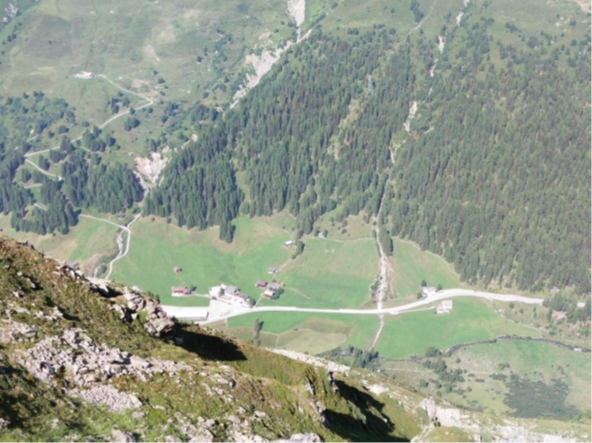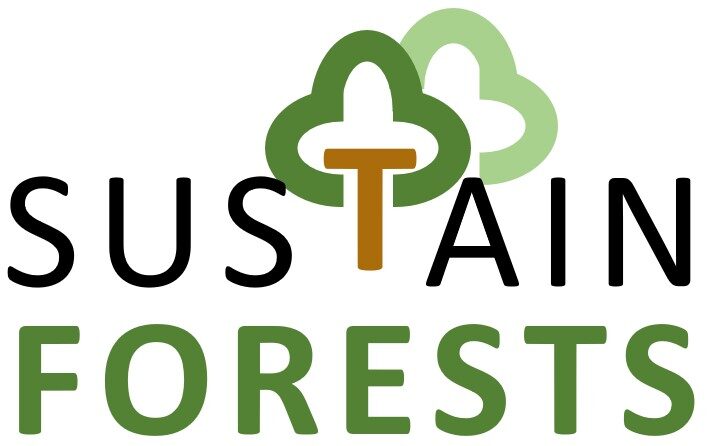The Swiss Federal Institute for Forest, Snow and Landscape Research WSL (Wald, Schnee und Landschaft) organized a summer school on forests and extremes. The venue was in Davos, which is surrounded by steep forests protecting the city from snow avalanches and rockfall. It is therefore ideal to see forest dynamics and management under different disturbances such as windthrow, bark beetles and snow pressure. Keeping the protective function of the forests requires a smart, timely, and sustainable forest management.
The participants were asked to create a poster about the own work and make the link to the summer schools’ topic. My own work focuses on West African forest patches. These forests are also impacted by extreme events such as slash and burn agriculture. Keeping these forests intact allows to continue profiting from their various ecosystem services, such as the generation of local precipitation. However, once forest patches are degraded and fragmented it is hard to reverse full forest functionality due to edge effects. The participants further presented their work in an elevator pitch with a graphical abstract. It was a good exercise to condense the work to its essential parts and learn how to communicate it to people with other backgrounds. The whole week allowed to actively engage with other participants and keynote speakers, exchange about critical parts of the work, and built up a network for potential future collaborations.
I received comments regarding my poster from other participants and keynote speakers. The poster can certainly be improved by reducing the text. There are also new poster styles, which give much more space to the title and simply add a QR-code for any further information (Morrison method). After my elevator pitch with a graphical abstract, I received different questions from the audience, showing that people were interested and understood the topic, which was new to them.
The highlights for me were the excursions around Davos. Seeing the different forest types and how they respond to different disturbances and management types was key to understand the theoretical backgrounds. Since my PhD at the University of Bern is coming to an end, I was particularly interested in listening to keynote speakers from non-academic institutions such as the Federal Office for the Environment (FOEN), the Office for Forest and Natural Hazards of Grisons (Amt für Wald und Naturgefahren, AWN), and the Institute for Snow and Avalanche Research (Schnee und Lawinenforschung, SLF). There are certainly a lot of opportunities to implement theoretical knowledge into concrete actions. With the current warming climate, the forest ecosystems of the Alps change particularly quickly. This presents several opportunities (i.e. planting new low-land tree species) but also challenges (i.e. more rockfall due to melting permafrost). Studying these dynamic phenomena and finding timely solutions is relevant, which is also shown by different federal and cantonal grants and projects. Finally, I liked to network with different people learning from their interesting backgrounds and expertise. On a long-term, these contacts can be important partners in tackling interdisciplinary challenges of changing forests.

